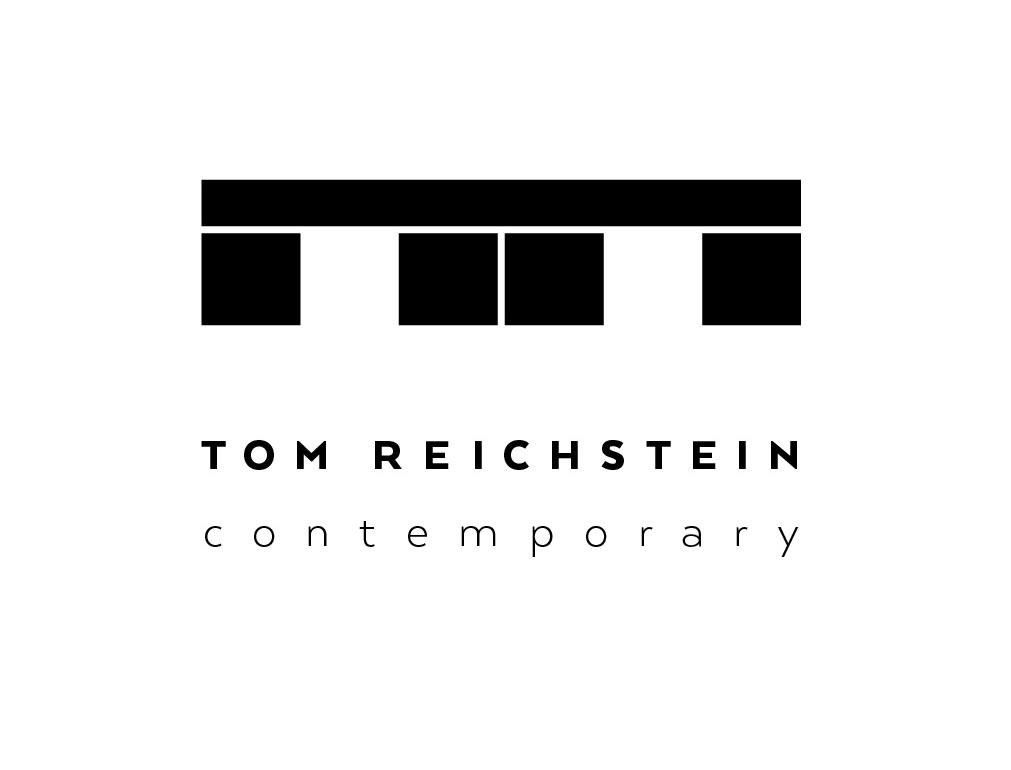In Between the Lines
Hannah Bohnen’s oeuvre brims over with marshmallows, soap bubbles and rainbow-coloured spiral toys; violinists; butterfly stroke swimmers and rolled towels; old floor-long curtains with unusual pleating patterns and the long-rusted springs of grandma‘s old sofa; ringlets and buttery lipstick from Hermès. Some of these details are unmistakable, while others hide skilfully behind Hannah Bohnen’s delicate and meditative formal language.
Bohnen, a sculptor and visual artist, practices what Stéphane Mallarmé called the écriture corporelle: the physical act of writing or involuntary choreography. Influenced by rehearsed movement patterns and balletic gestures borrowed from dance, she now devotes herself to the muscle memory of everyday life. These are casual, invisible moments of fleeting movements, such as a new pen being used for the first time with circular movements, or the (imaginary/ invisible) tyre tracks on the street. Bohnen approaches these traces and gestures with a photographic sensibility. She documents them — not with an iPhone or camera — but through drawings, paintings, performances, or sculptures.
A swirl or curling line is a recurring motif in Bohnen’s oeuvre. With its serpentine lines, it is reminiscent of the incisive moment of testing pens before signing a document, or the many spontaneous telephone scribbles. Bohnen uses a clear and direct form of expression; she focuses on the essential pattern of movement, the circular motion, like the twisted (and now historic) telephone cords in the large-scale, monochrome Tendril Perversions (2020) on lacquered wooden panels. Elsewhere, in Loops (2019), the swirl resembles a congealed steel spring, while in heavy knot (2017) it hangs columnar from the banister. Here, the one dimensional line has transformed into a three-dimensional knot.
Elsewhere, the artist breaks these circular routines with mistakes. She understands these slips or mistakes as opportunities. Produced together with Paul Rutrecht, Bohnen’s offset printing experiments from the DIE DRIFT (2017) to the COLOR/MAN/MACHINE/ FRAGMENT (2018) exemplify a playful approach to misbehaviour in print. This also fits thematically, as the newspaper copies address questions about memory, movement, and similar phenomena. Meanwhile, Bohnen’s soft sculptures, such as the Folds (2022), the Twist (2021), the Bude (2018) and LIFT (2018), constitute the third group of works in Cute Aggression. Initially, Bohnen arranged the foam sheets into soft, hand-rolled towels and curtains with
challenging fold patterns, before using plaster to hold them in place tactilely. Visually, these soft sculptures also remind the gooey marshmallows one‘d like to bite into. This is also alludes to cute aggression, the phenomenon that inspired the exhibition title: it suggests a physical urge to touch, squeeze or even bite cute things. This behavioural pattern results from a synaptic overload, as a form of physical safeguarding, and does not represent an actual violent behaviour in those affected. Bohnen‘s artistic interventions are timeless. They oscillate between past and present, fantasy and nostalgia, and unite historicalarchaeological excavations with forensic tracking. These fluid transitions are reminiscent of Roland Barthes‘s caption from The Empire of Signs (1983):
Where does the writing begin?
Where does the painting begin?
Maximiliane Leuschner

